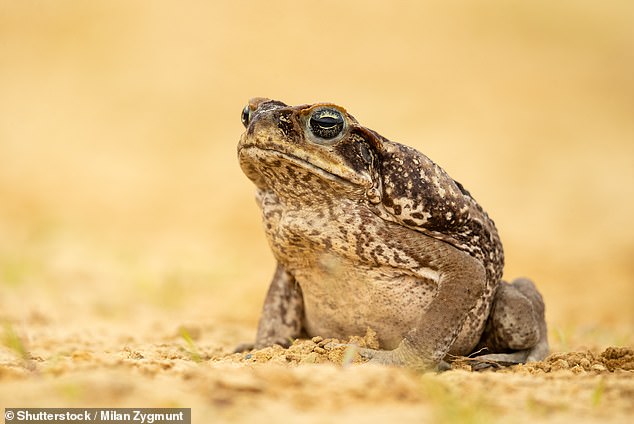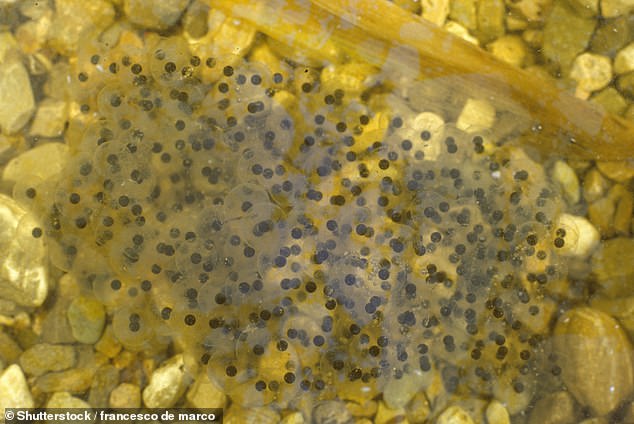Tugun cane toads: ‘Nightmare’ plague of invasive pests takes over Aussie town: ‘Something must be done!’
A plague of cane toads has reached a small town, with terrified locals calling for help to eradicate the invasive pest.
A shocked man shared a shocking image on social media of the venomous creatures that had overrun the streets of the Gold Coast suburb of Tugun.
“It will take about three weeks for these baby cane toads to overrun Tugun,” the man, Jonathan, wrote in his post on Reddit.
'This is exactly where we walked our small dog every day (lake next to our complex). It's in my crazy house.'
A man from Tugun on the Gold Coast shared a horrific photo of an infestation of baby cane toads near his home
Reddit users flocked to the comments section to share in the shock and disgust of the amphibian swarm poster.
'I know they're invasive, but I couldn't go outside for fear of stepping on them!' someone said.
Another wrote: 'Crikey! Something has to be done! Buy some cane toad spray from Bunnings. Apparently it is humane for the wild animals.'
“That's really sad to see, such a destructive and productive plague,” a third added.
A local resident described their efforts to prevent “thousands of people” from entering their home.
“I got a spray bottle of detol and went to town from my front door, still hundreds this morning,” they said.

Cane toads are considered invasive pests in Australia and the public is being urged to help eradicate them
Jonathan also said the baby toads started jumping at his back door.
'Tonight they came under the garage door. It sucks,” he wrote.
Invasive species expert Nikki Tomsett said the outbreak of juvenile cane toads in Tugun is the direct result of a “large-scale cane toad breeding event.”
'This is due to the weather: warm, humid weather with rainfall is ideal for cane toad breeding. A female cane toad can lay up to 35,000 eggs each time she breeds,” Ms Tomsett said. news.com.au.
'After three days the eggs mature into tadpoles, and within about three weeks the tadpoles will grow into metamorphic cane toads and leave the water en masse, as we see in the images from Tugun.
'Unfortunately, this stage of cane toads can be difficult to control due to their numbers.'
Ms Tomsett said learning to identify cane toad eggs and tadpoles was a valuable skill as they are easier to eradicate in their younger form.

One expert said learning to identify the toads as tadpoles could make their eradication easier
Cane toads are considered invasive pests in Australia and the public is being urged to help eradicate them.
The 'chill then freeze' method is considered the most humane way to euthanize the toad, as is the use of chemical sprays.
The animals were introduced to Australia in 1935 in an attempt to curb the native grey-backed beetle from devastating sugar cane fields, but the decision led to the toads exploding in numbers, with there now being 200 million in the country.
Cane toads are poisonous and the poison, if ingested by a human, can affect heart function, blood pressure and the ability to breathe.
Although no one has ever died from cane toad poisoning in Australia, the toxin can be fatal to pets.
